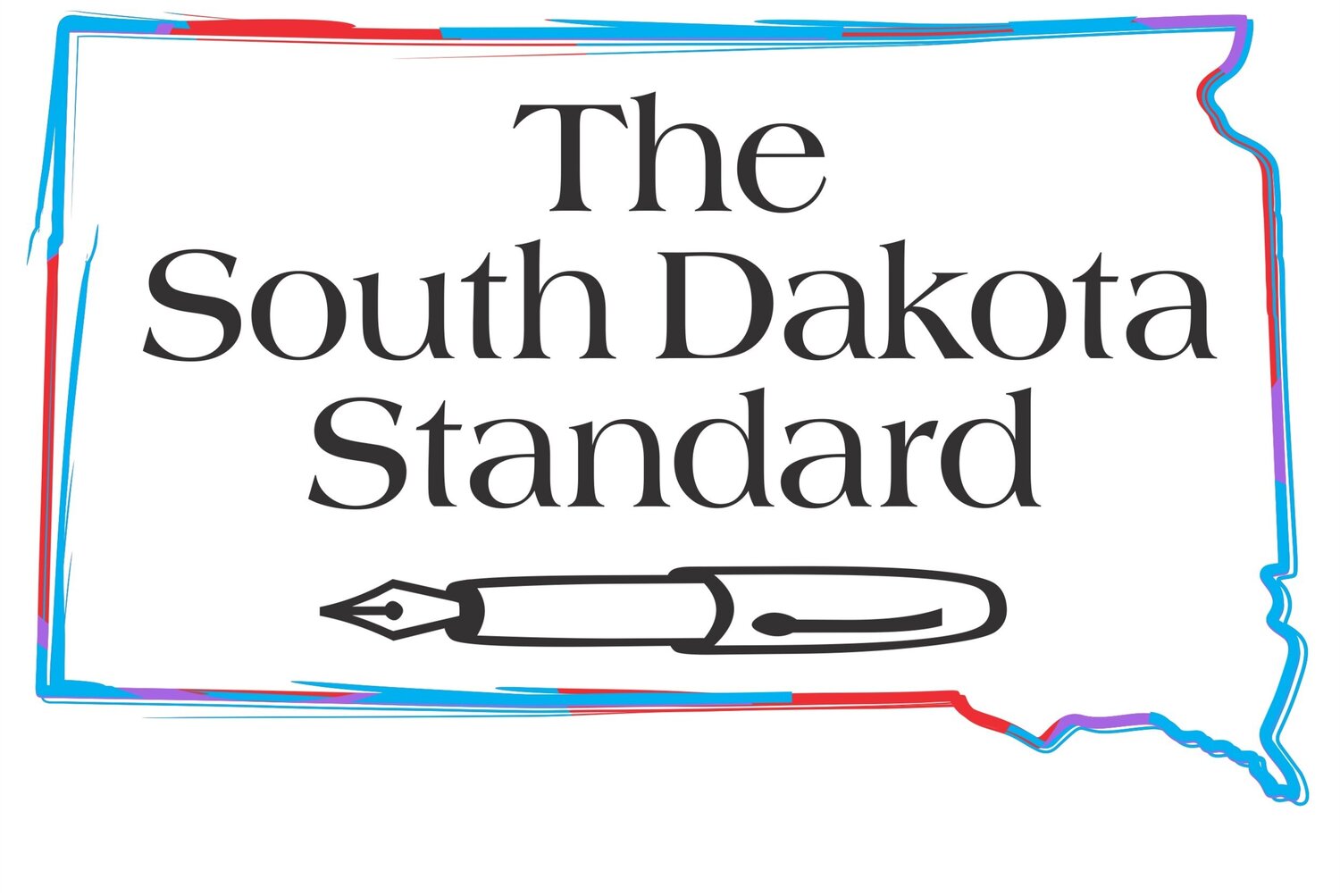Gov. Noem says Biden's 'extremist' policies are 'tanking' the economy. Say what? Tanking how? She’s all wet
In her weekly message last week, Gov. Kristi Noem tried to prepare the legislature for something she calls a ‘back to normal’ budget. She says our “revenue rates” are going “back to normal,” so, apparently, spending will be pinched during the coming fiscal years.
I’m not exactly sure what Noem means by revenue rates, but if there was anything abnormally high about South Dakota’s revenues in recent years, it came from federal spending that has come into our state since the Covid-19 economic nightmare befell the country. According to a South Dakota News Watch tally reported by KELO-TV, South Dakota received nearly $13.8 billion in federal Covid-19 funding between March, 2020, and January of this year.
Of that, $4.2 billion went to the state, while the remaining $9.6 billion went directly to local governments, health care providers, the education system, businesses and individuals. How much of a boost did that give to South Dakota’s state budgeteers? Considering that this year’s budget will spend $5.9 billion, it’s self-evident that Covid-19 money has been a significant source of revenues to our state government.
Now that the Covid-19 crisis has passed, if only for the time being, Noem acknowledges that the money party, if you want to call it that, is over.
GAO reports that out of $4.6 trillion that the federal government spent on Covid-19 relief funding, only about 2 percent ($90.5 billion) was still available at the beginning of this year. As Noem correctly points out in her pre-budgeting missive, we’ll be saying bye-bye to a slug of federal money, so it is indeed “back-to-normal” time for state budgeteers.
Noem’s budget message about it is basic and straightforward enough, but it probably should have stopped right there. Her charge that the country’s economy is going into the “tank” because of Biden’s “extremist” economic policies not only makes no sense, it comes across as a gratuitous bite to the hand that has kept South Dakota’s, indeed the entire nation’s, economy afloat during the worldwide pandemic.
As to being in the “tank,” Noem hasn’t got a clue. Based on gains in the Gross Domestic Product (GDP), the U.S. economy is doing very well. We just saw a quarter with a nearly 5% gain in GDP and 3.8% unemployment, which is as low as it’s been in decades. Inflation at 3.7% is still higher than it should be (around 2% is the target of the Federal Reserve Board), but it’s still just a fraction of the 9%+ that it was in the summer of ‘22, when we were still suffering from post-pandemic economic issues.
By any measures that I’m aware of, contrary to Noem’s unsupported claim, this economy is not only not in the tank, it’s pretty darn good.
Will it continue? Well, que, sera, sera, the future’s not ours to see, but even as the economy keeps growing while relatively high interest rates are in place, there’s good reason to expect it to maintain its momentum.
If Noem had federal deficits in mind, she missed her chance to get specific about the country’s red ink issue, one that needs to be addressed by the Biden administration.
A lot of people, me included, are wary of the federal deficit that has begun to climb in recent months. Does economic danger lurk somewhere in that growing pool of red ink that’s showing up in the federal budget?
I’m old-school enough to say it’s possible, but I’m also aware that it isn’t clear that deficits have either a direct or indirect effect on economic growth.
As Investopedia notes: “The long-term macroeconomic impacts of fiscal deficits are subject to debate.” Consider that during the Reagan administration the federal debt tripled, going from $738 billion to $2.1 trillion. Did that hurt the economy? Nope. The compound annual growth rate of GDP was 3.6% during Reagan's eight years, compared to 2.7% during the preceding eight years.
Market pros (I was a market-maker on the trading floor of the Chicago Board Options Exchange during that entire decade) recall the brisk rise of the stock markets in the ‘80s as the “Reagan rally.”
We all loved Reagan-omics. Nobody, neither Democrats nor Republicans, seemed to be saying boo about the rising federal deficit — and if they were, nobody was listening, particularly the old guard conservative Republicans in the Reagan administration.
I guess we’ll see what happens this time around, but for now, Noem’s poor grasp of economic fundamentals and American economic history are exposed by her nonsensical claim that Biden’s policies are tanking our economy.
John Tsitrian is a businessman and writer from the Black Hills. He was a weekly columnist for the Rapid City Journal for 20 years. His articles and commentary have also appeared in The Los Angeles Times, The Denver Post and The Omaha World-Herald. Tsitrian served in the Marines for three years (1966-69), including a 13-month tour of duty as a radioman in Vietnam.







